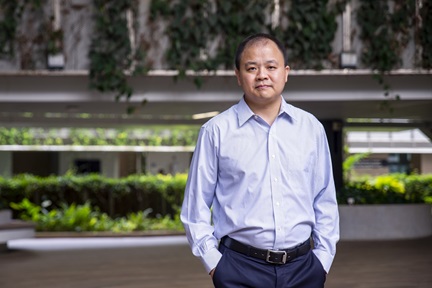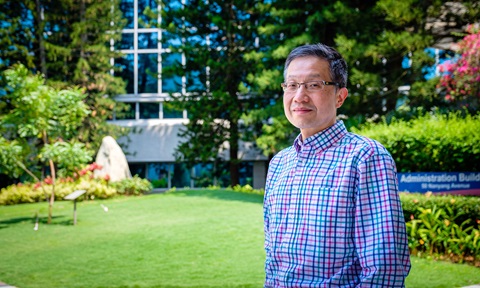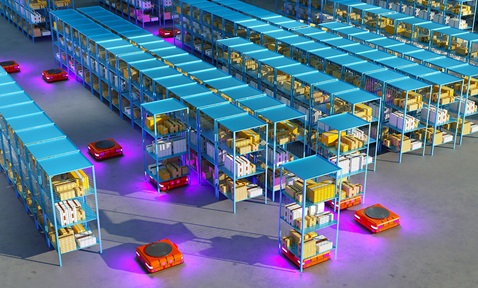
Harnessing mmWave Radar and Machine Learning for Precision Agriculture
Synopsis
Early identification of pest infestations is crucial for implementing effective control measures and minimising damage to crops. Our millimetre wave (mmWave) radar sensor exhibits high sensitivity able to detect even the smallest pest movements with high precision.
Opportunity
The agricultural industry faces significant challenges due to crop pests, leading to substantial losses in yield and quality. Existing pest detection methods are often labour-intensive, inefficient or overly reliant on harmful pesticides. Singapore's ambitious "30 by 30" goal aims to produce 30% of the nation's nutritional needs locally by 2030. Achieving this goal requires significant advancements in agricultural technologies and practices.
Early identification of pest infestations is crucial for implementing effective control measures and minimising crop damages. The potential for a non-invasive, real-time and precise agriculture technology to detect and monitor pests is highly appealing. The unique properties of mmWave radar, including its high-resolution detection capabilities and sensitivity to subtle movements, make it a perfect candidate for exploring its application in pest detection.
The real-time nature of mmWave radar technology for agriculture provides early warnings of pest outbreaks, allowing farmers to take timely action and minimise losses. The potential for integrating mmWave radar technology with existing agricultural technologies, such as drones and irrigation systems, provides further inspiration. We envision a future where sensors can autonomously monitor fields, providing real-time data on pest activity, enabling targeted interventions, and optimising resource utilisation.
Technology
The development of our mmWave radar sensor represents an advancement in the field of contactless sensing technology. This sensor boasts a unique combination of features that position it as a powerful and versatile tool for a wide array of applications, particularly in pest detection in agriculture.
Unlike conventional sensors that are susceptible to environmental factors like dust, light and temperature, the mmWave radar sensor remains unfazed by challenging environments. Its resilience to interference allows for seamless operation even in the harshest conditions. This resilience renders it invaluable for applications in industrial settings, outdoor environments and even healthcare facilities.
Our radar operates at millimetre-wave frequency band i.e., 77-81 GHz. The sensor exhibits high sensitivity, enabling it to detect even the smallest movements with high precision. The ability to discern even minute changes in the movements of insects, such as their breathing or wing flapping, offers a promising avenue for identifying and tracking them.
We have developed a novel high gain and wideband antenna for this radar which increases the range and sensitivity. In addition, we developed a machine learning model on the datasets collected which facilitates the accurate pest, detection in agriculture capturing their position and velocity with high precision.

Figure 1: Automated pest detection using machine learning and mmwave radar technology for precision agriculture.

Figure 2: Comparative difference in application of precision agriculture technology.
Applications & Advantages
- Enhances crop yields by early and accurate identification of pests, our technology empowers farmers to implement targeted control measures, leading to reduced crop losses and improved yields.
- Reduces pesticide usage by facilitating targeted pest control, our technology reduces the reliance on harmful pesticides, protecting the environment and human health.
- Improves risk management by early warnings of pest outbreaks and disease risks enable farmers to take proactive measures and minimize potential losses.
- Addresses labour shortage in agriculture with automation and data-driven decision-making enabled by our technology can help address the labour shortage challenge in Singapore's agricultural industry.


.tmb-listing.jpg?Culture=en&sfvrsn=ab6472c8_1)












